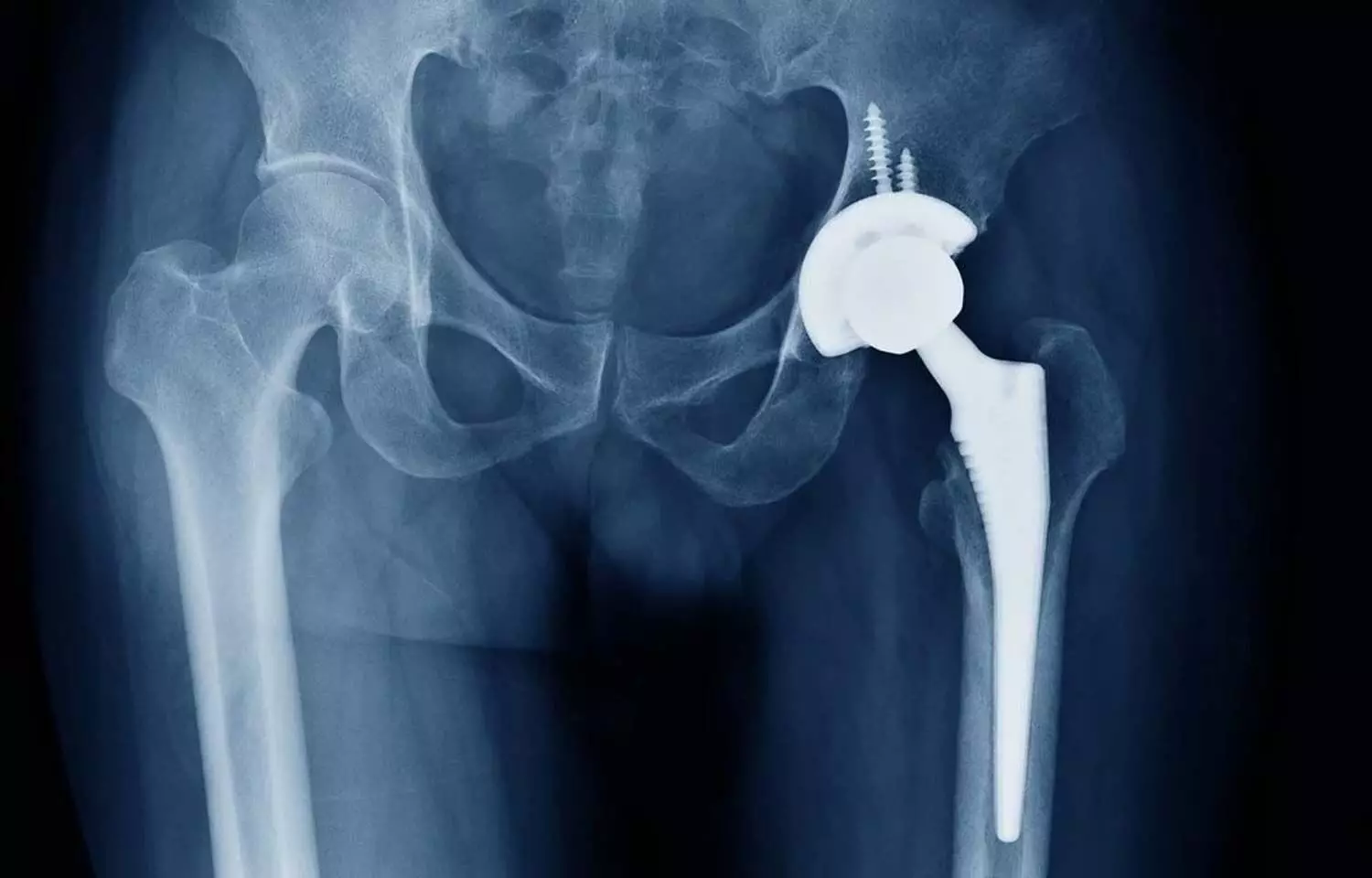- Home
- Medical news & Guidelines
- Anesthesiology
- Cardiology and CTVS
- Critical Care
- Dentistry
- Dermatology
- Diabetes and Endocrinology
- ENT
- Gastroenterology
- Medicine
- Nephrology
- Neurology
- Obstretics-Gynaecology
- Oncology
- Ophthalmology
- Orthopaedics
- Pediatrics-Neonatology
- Psychiatry
- Pulmonology
- Radiology
- Surgery
- Urology
- Laboratory Medicine
- Diet
- Nursing
- Paramedical
- Physiotherapy
- Health news
- AYUSH
- State News
- Andaman and Nicobar Islands
- Andhra Pradesh
- Arunachal Pradesh
- Assam
- Bihar
- Chandigarh
- Chattisgarh
- Dadra and Nagar Haveli
- Daman and Diu
- Delhi
- Goa
- Gujarat
- Haryana
- Himachal Pradesh
- Jammu & Kashmir
- Jharkhand
- Karnataka
- Kerala
- Ladakh
- Lakshadweep
- Madhya Pradesh
- Maharashtra
- Manipur
- Meghalaya
- Mizoram
- Nagaland
- Odisha
- Puducherry
- Punjab
- Rajasthan
- Sikkim
- Tamil Nadu
- Telangana
- Tripura
- Uttar Pradesh
- Uttrakhand
- West Bengal
- Medical Education
- Industry
Larger femoral heads in Hip Implants Lower Revision Risk in hip Arthroplasty

A new study published in the The Journal of Arthroplasty found that the size of hip implants used in total hip arthroplasty (THA) can have a substantial impact on patient outcomes. The research spanned over 16 years and included more than 10,000 primary THA cases, compared the clinical results of different head sizes, namely 28, 32, and 36 millimeters.
This retrospective consecutive study, conducted from 2003 to 2019, gathered data from 10,104 primary THAs. The median age of patients was 69 years, with 61.5% being women. The surgeries employed various techniques, including the posterior approach, and were carried out to address a range of primary diagnoses.
The study revealed that the overall rate of revision for THAs was 1.7%. Notably, the group that received 36-millimeter head implants had the lowest revision rate at 1.1%, compared to 1.3% for the 32-millimeter group and 2.7% for the 28-millimeter group. Cox regression analyses indicated a significantly decreased risk of all-cause revision for the 32-millimeter and 36-millimeter head sizes when compared to the 28-millimeter heads.
This difference was particularly noteworthy for the 32-millimeter group, where the risk was significantly reduced (P = 0.01). The risk of revision specifically for dislocation was also significantly reduced in the 32-millimeter (P = 0.03) and 36-millimeter (P = 0.03) head size groups. However, when it came to all-cause revision excluding dislocation, there were no significant differences between head sizes.
This extensive study indicates that using larger head sizes in THA may significantly reduce the risk of revision, particularly for dislocation. The research dismisses concerns related to the increased risk of early revision due to issues like aseptic loosening, polyethylene wear, or taper corrosion associated with larger heads. The results of this study, with a follow-up period of up to 17 years, are expected to have a profound impact on the decision-making process for orthopedic surgeons and could lead to better outcomes and increased patient satisfaction for those undergoing THA.
Source:
Matar, H. E., van Duren, B. H., Bloch, B. V., Berber, R., James, P. J., & Manktelow, A. RJ. (2023). Lower Risk of Revision with 32- and 36-millimeter Femoral Heads Compared with 28-mm heads in Primary Total Hip Arthroplasty: A Comparative Single-Center Study (10,104 Hips). In The Journal of Arthroplasty. Elsevier BV. https://doi.org/10.1016/j.arth.2023.10.042
Neuroscience Masters graduate
Jacinthlyn Sylvia, a Neuroscience Master's graduate from Chennai has worked extensively in deciphering the neurobiology of cognition and motor control in aging. She also has spread-out exposure to Neurosurgery from her Bachelor’s. She is currently involved in active Neuro-Oncology research. She is an upcoming neuroscientist with a fiery passion for writing. Her news cover at Medical Dialogues feature recent discoveries and updates from the healthcare and biomedical research fields. She can be reached at editorial@medicaldialogues.in



